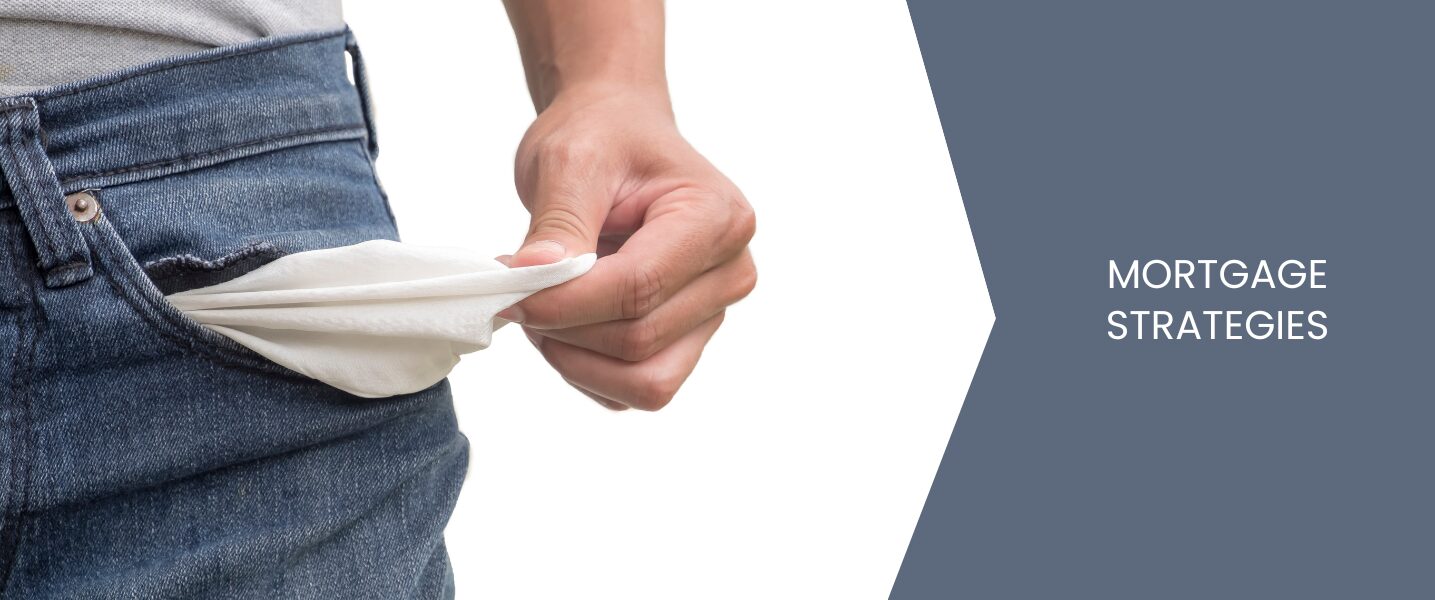1. Look into Zero-Down Loan Options
Some loan programs allow you to buy a home with no down payment at all! Here are the most common options:
VA Loans: If you’re a veteran, active-duty service member, or eligible spouse, VA loans offer 0% down with no private mortgage insurance (PMI).
USDA Loans: If you’re buying in a rural or suburban area, you may qualify for a USDA loan, which also requires no down payment.
2. Consider Low Down Payment Loans
If you don’t qualify for a zero-down loan, there are low-down-payment options that make buying a home more affordable:
FHA Loans: Require just 3.5% down and are great for buyers with lower credit scores.
Conventional Loans: Only 3% down for first-time buyers with good credit.
HomeReady & Home Possible Loans: Fannie Mae and Freddie Mac offer these programs with 3% down and flexible income requirements.
3. Use Down Payment Assistance Programs
Many states and local governments offer grants or loans to help with your down payment. Some common types of assistance include:
Grants: Free money that doesn’t need to be repaid.
Forgivable Loans: Loans that are forgiven after a certain number of years.
Deferred Loans: Loans that don’t require repayment until you sell or refinance your home.
4. Get a Gift from Family
Many loan programs allow family members to gift you money for your down payment. Just be sure to document the gift with a letter stating it’s not a loan.
5. Negotiate Seller Concessions
In some cases, the seller may be willing to cover some or all of your closing costs, reducing the cash you need to bring to the table.
6. Explore Lease-to-Own Options
A rent-to-own agreement allows you to rent the home while a portion of your rent goes toward your down payment, helping you buy over time.
Final Thoughts
Buying a home with little to no money down is possible—you just need to know where to look! If you’re ready to explore your options, let’s connect and find the best path to homeownership for you!




